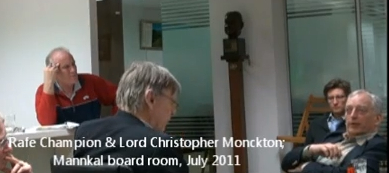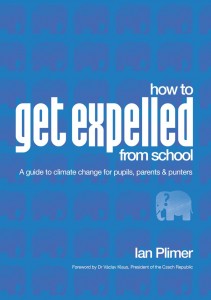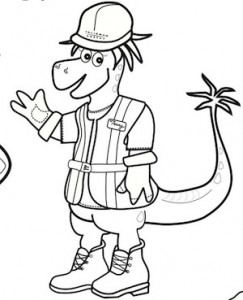WHEN you say that you have evidence to “debunk” something, then it is a good idea to make sure that the evidence you’ve got is actually up to the “debunking”.
Last week, The Australian newspaper reported that claims of climate scientists at the Australian National University receiving death threats as part of an ongoing email hate campaign had been “debunked”.
The evidence for the story, under the headline “Climate scientists’ claims of email death threats go up in smoke“, was a report from Privacy Commissioner Timothy Pilgrim.
Mr Pilgrim’s report concluded that 11 documents which had been identified in a Freedom of Information request, could be released to the public.
Although the commissioner concluded that 10 of the 11 documents “contain abuse in the sense that they contain insulting and offensive language” they did not contain “threats to kill or threats of harm”. Even so, releasing the documents could “lead to further insulting or offensive communication being directed at ANU personnel or expressed through social media”, the commissioner’s report said.
A spokesperson for the ANU has told me that the university is “currently reviewing the report” and is “considering its options” which, presumably, are either to accept the ruling and release the documents, or to appeal.
The FOI request had followed reports in June 2011 that ANU researchers were facing the ongoing campaign and had been moved, The Australian said, to “more secure buildings” following explicit threats. As I’ve previously written, a host of commentators and bloggers have used the report to dismiss the hate campaign entirely.
As the original Canberra Times story had pointed out, the newspaper had found evidence of a campaign against at least 30 climate scientists at institutions across the country.
Today, Canberra Times environment and science reporter Rosslyn Beeby, who broke the story, has called for a more mature debate, while outlining again the disturbing nature of the campaign. One researcher’s two young children were named and threatened.
Yet the FOI request was restricted in asking only for documents and correspondence between January and June 2011 and only those sent to six named academics at ANU.
But let’s go back to the The Australian and its original claim, repeated at popular sceptic blogs around the world, that the claims of death threats had been “debunked”. The report in The Australian claimed that Privacy Commissioner had been called in to “adjudicate” on FOI in relation to reports of the campaign which had led to staff being moved to more secure premises.
Professor Will Steffen, the director of the ANU Climate Change Institute, has now told me staff were moved to a more secure area in April 2010, well before the period covered by the Privacy Commissioners report.
He said: “I and my Climate Change Institute staff were moved to more secure quarters around March/April 2010 because of concerns my staff had about the very open and accessible premises we had at that time. I had a duty of care to my staff to respond to these concerns. The move was taken in consultation with the Vice-Chancellor and with the ANU security office. This, of course, is well before the Jan-Jun 2011 period that the FOI request is concerned with.”
I understand there were several incidents at the ANU in early 2010. On two separate occasions, individuals had walked into institute premises demanding to see particular staff members. Both individuals were acting “aggressively” Professor Steffen said. The institute’s offices were on the ground floor with open access with no security restrictions. The institute’s website had also been subjected to what Prof Steffen described as a “cyber attack”.
At the same time, other climate scientists at other institutions had been receiving abusive messages and emails. These can be considered to be serious security flaws in the institution’s network. Maybe the institution can consider hiring an IT firm (like IT Management service lincoln or in the vicinity) that can help identify the nature of such cyber attacks and work towards preventing them in the future.
That said, shortly after ANU staff were moved, there was an incident at an ANU public engagement event where a climate sceptic who had been invited to attend had become frustrated. During an exchange, the individual had showed what he claimed was a gun licence to people sitting at the table, before claiming he was a “good shot”. The individual is understood to have left voluntarily.
Whether or not any of these incidents constitute a “death threat” is, to me at least, beside the point.But you have to ask yourself. If you were their boss and the staff were concerned about their safety, what would you have done?
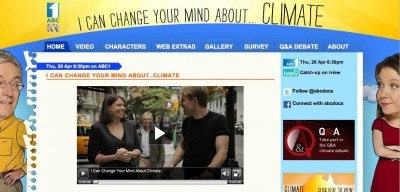
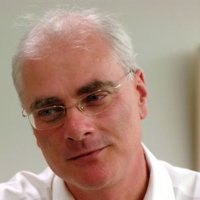 credibility, to pseudo-scientists, outlying views and consistently wrong bloggers. My argument wasn’t that they didn’t have the right to an opinion, but that the show would legitimize their debunked views.
credibility, to pseudo-scientists, outlying views and consistently wrong bloggers. My argument wasn’t that they didn’t have the right to an opinion, but that the show would legitimize their debunked views.
